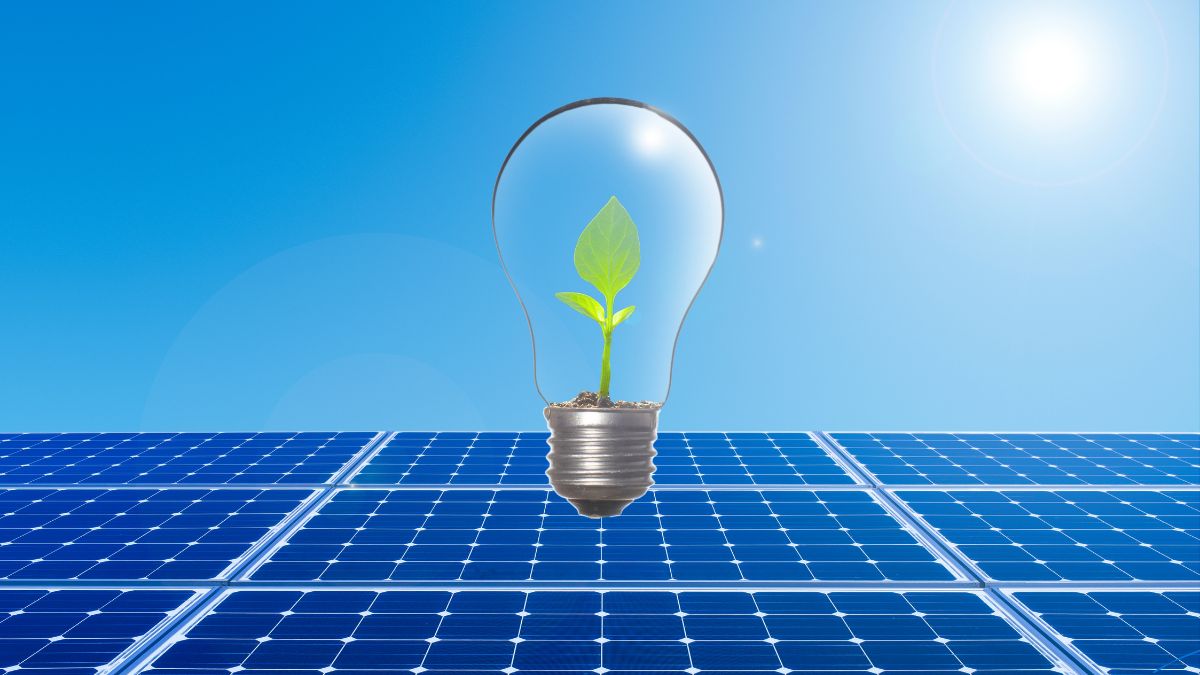PM Surya Ghar: New Payment Options for Rooftop Solar Systems
Want to go solar and save money? The Indian government is making it easier than ever! With the launch of new payment options under the PM Surya Ghar: Mufat Bijli Yojana scheme, you can now install rooftop solar systems with even more flexibility and convenience. This game-changing initiative empowers you to harness the power of the sun and reduce your electricity bills – and even make money selling the excess energy.
Understanding the Payment Security Mechanism
The Ministry of New and Renewable Energy has introduced crucial guidelines, including a robust Payment Security Mechanism (PSM), a dedicated allocation of funds of Rs 100 crore, to reduce investment risk. This ensures greater confidence in Resco models, utility-led integration, and capex model, significantly boosting the feasibility and appeal of rooftop solar installations for homeowners.
The PSM component focuses on protecting investors involved in the Resco model, wherein third-party companies invest in the installation, enabling homeowners to only pay for their electricity usage, eliminating the need for any upfront costs. The support provided under this scheme extends to utility-led integration (ULA), allowing state-designated entities to install rooftop solar systems on behalf of households, thereby further easing adoption.
Exploring the RESCO and ULA Models
Confused about RESCO and ULA models? Let's simplify! The RESCO (Renewable Energy Service Company) model takes away all of the up-front installation expenses and only requires the homeowner to pay for the energy they consume. This is the perfect option for homeowners seeking hassle-free solar adoption with guaranteed savings. The ULA (Utility-led Integration) model operates slightly differently, with the electricity distribution companies, or specially designated entities, directly installing rooftop solar projects for households, offering another pathway to cleaner energy.
Benefits of the Expanded Payment Options
The recent enhancements to the PM Surya Ghar scheme provide consumers with numerous advantages. The additional payment modes broaden access to clean energy technology. These improvements reduce financial barriers and significantly contribute towards widespread adoption of solar rooftop solutions in Indian households. The scheme empowers individuals who may not have the financial resources upfront for purchasing and installing solar equipment by providing them with an opportunity to avail the benefits of rooftop solar technology.
The program creates more flexibility, with several models offering tariff protection for consumers choosing either the RESCO or ULA models. Additionally, the guidelines include funding to help protect investors involved in the renewable energy business which contributes to greater growth.
Making the Switch to Solar: A Simple Guide
Ready to harness the sun's power and save money on electricity bills? The PM Surya Ghar: Mufat Bijli Yojana scheme now offers several straightforward ways to embrace clean energy. Through the National Portal and these streamlined new options (RESCO and ULA), the process has become remarkably easier.
- Visit the national portal and examine the scheme's specifics carefully.
- Select either the conventional capex model or choose the new convenient RESCO or ULA model.
- Understand and compare your choices regarding costs, electricity tariff protection, and the process.
- Once you select a payment model, begin the installation process. Remember that under RESCO and ULA, upfront costs will be reduced or entirely removed.
- Start enjoying your solar panels and the lower electricity bills.
Take Away Points
- The PM Surya Ghar scheme makes rooftop solar adoption simpler and more financially accessible.
- Two new payment modes – RESCO and ULA – have been introduced in addition to the capex mode.
- The scheme includes a robust Payment Security Mechanism and a dedicated funding of Rs 100 crore for added confidence and growth in this area.
- These advancements significantly contribute to the government's goals for increasing solar energy adoption and sustainable growth in India.




